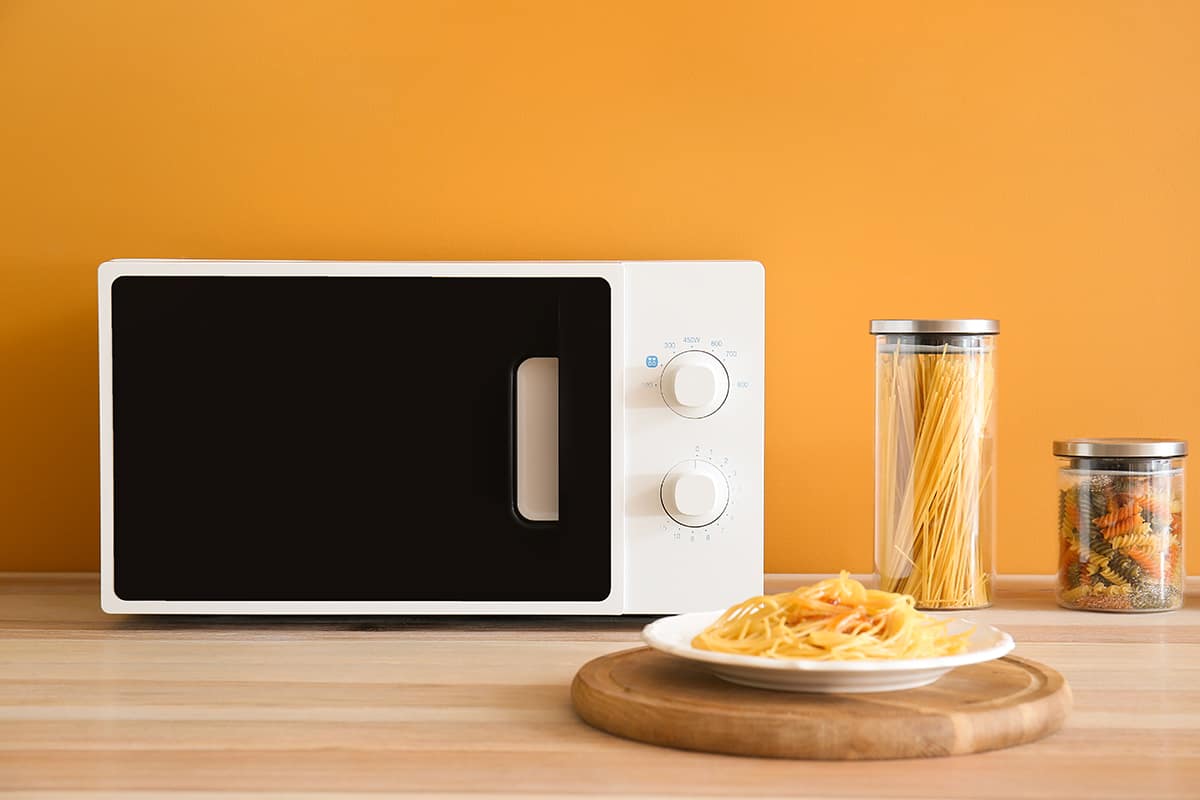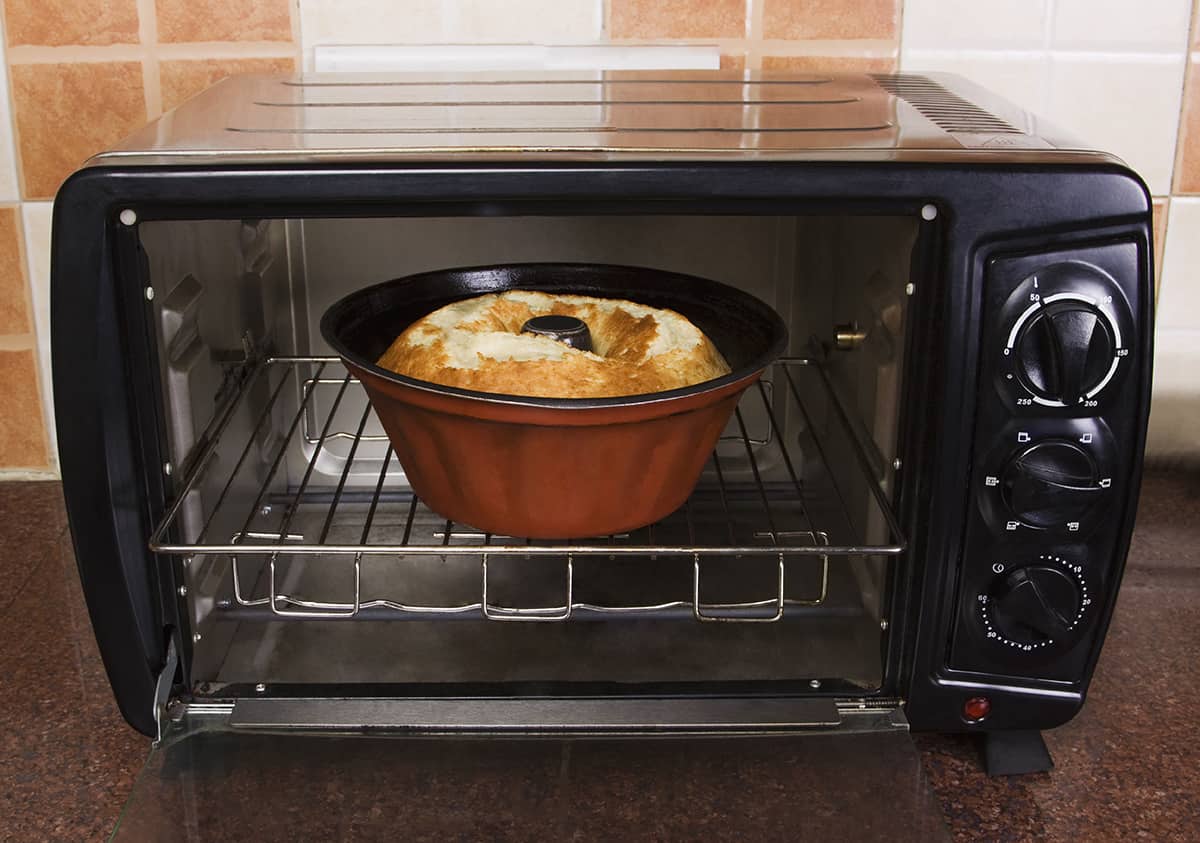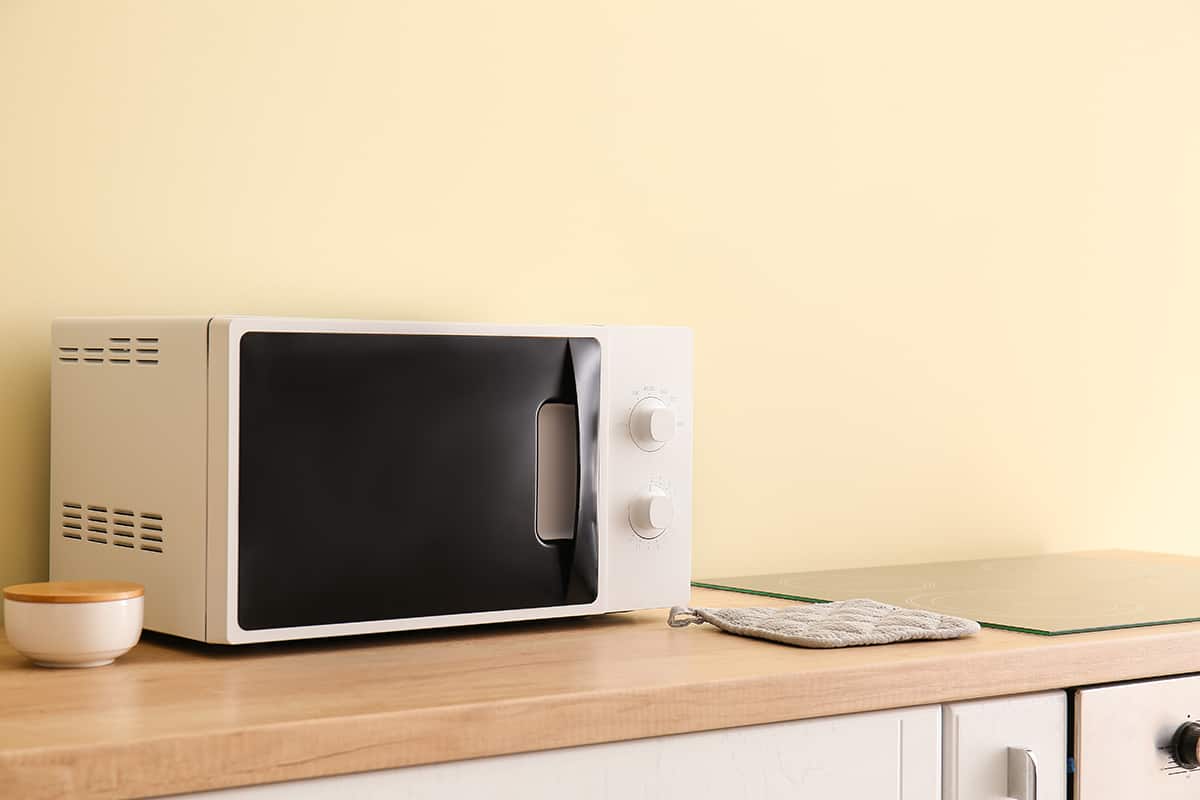In the era of eco-consciousness and rising energy costs, understanding the power consumption of household appliances is essential. The microwave, a common kitchen appliance, is no exception. As we use it frequently for a variety of cooking tasks, it’s helpful to understand how much power it utilizes and what that means for our electricity bills and the environment.
On average, a typical microwave uses around 700 to 1,300 watts of power. This can vary depending on the model, size, usage, and cooking settings.
In this guide, we’ll take a look at the power usage of microwaves, breaking down the factors that affect consumption and how to calculate how much power your microwave uses.
Basics of Power Consumption

Navigating the world of electrical power usage might feel like a daunting task, but understanding a few basic concepts can make it much more manageable. It’s a crucial step to take before we dig into the specifics of microwave power consumption.
Watts, Kilowatts, and Kilowatt-hours
Let’s start with the basics. Power is measured in watts (W). When an electrical device is in use, it consumes energy at a rate described in watts.
For larger values, we use kilowatts (KW), where 1 KW equals 1,000 watts. You’ll often see watts or kilowatts used to describe the power rating of an appliance. This rating tells you the maximum rate at which the appliance uses energy.
Energy use over time is measured in kilowatt-hours (kWh). One kilowatt-hour means that one kilowatt of power has been used for one hour. On your electricity bill, you’ll see your usage stated in kilowatt-hours.
How Appliances Consume Power
All electrical appliances, from your fridge to your microwave, consume power to operate. This power consumption happens at different rates depending on the device’s design and efficiency.
Two main factors contribute to an appliance’s power usage: the power it requires to operate (its wattage) and the length of time it’s used. So, a high-wattage appliance used for a short time might consume the same energy as a low-wattage device used for a longer period.
Power Consumption of Microwaves
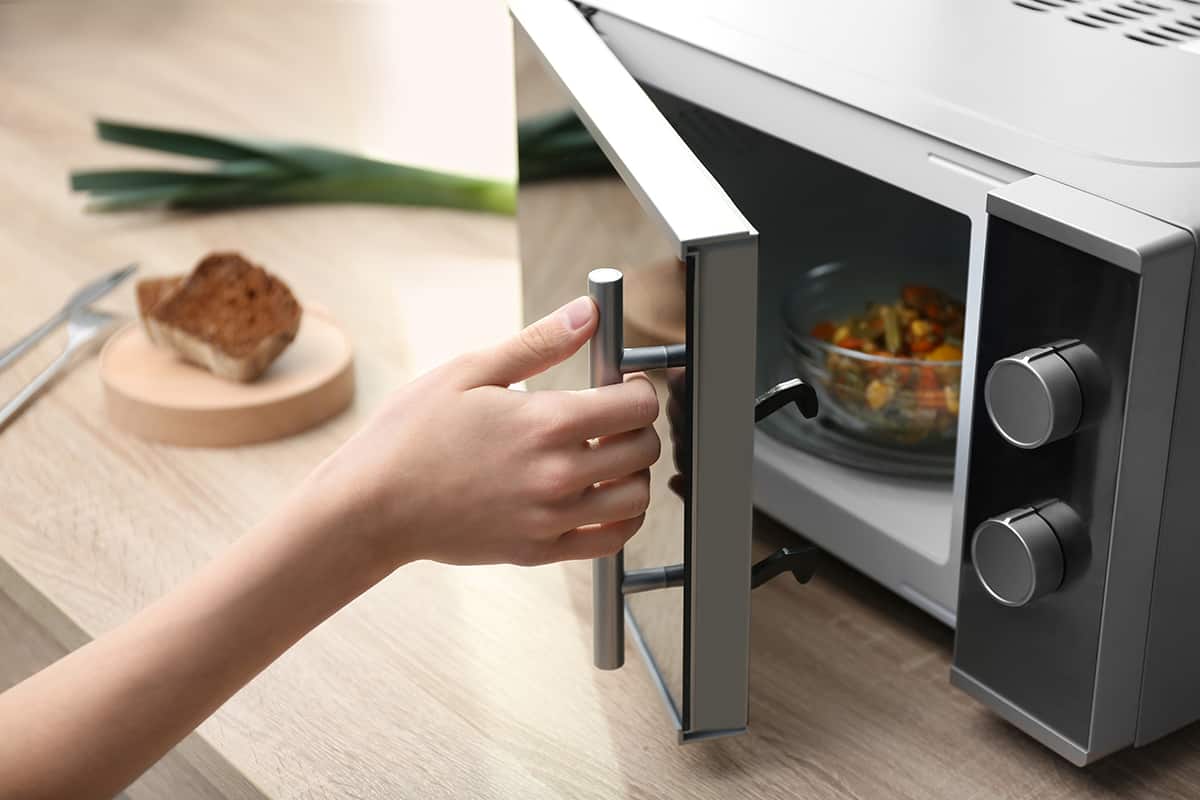
With a better grasp of how electrical power is consumed, let’s turn our focus to the heart of the matter—the power consumption of microwave ovens.
Variance in Power Consumption Across Different Microwave Models
Firstly, not all microwaves are created equal when it comes to power consumption. Microwaves come in a variety of sizes and models, each with its specific wattage. The wattage typically ranges from 600 watts for compact models to 1,200 watts or more for larger or commercial units.
The wattage represents the maximum power that the microwave uses when cooking at full power. However, this doesn’t mean that the microwave always operates at this wattage. Most microwaves have adjustable power levels that can reduce the energy used for cooking.
Power Consumption of Common Microwave Models
Let’s take a look at a few examples to illustrate microwave power consumption:
- Compact Microwave (700 Watts): These smaller microwaves are common in apartments or offices. If you use this microwave for 15 minutes a day at full power, it uses about 0.175 kWh of energy (700 Watts × 0.25 hours ÷ 1,000 = 0.175 kWh). Over a month, assuming 30 days, this equates to 5.25 kWh.
- Standard Microwave (1,000 Watts): This is a typical size for many households. Using it for 15 minutes a day at full power results in daily usage of 0.25 kWh, or 7.5 kWh over a month.
- Large Microwave (1,200 Watts): These microwaves are commonly found in large households or commercial settings. Using this for 15 minutes a day at full power, it uses 0.3 kWh per day or 9 kWh over a month.
Factors Affecting Microwave Power Consumption
Having looked into the power consumption specifics of microwave ovens, it’s now time to appreciate the factors that influence these figures.
Microwave Size and Wattage
The size of your microwave, which usually correlates with its wattage, is a significant determinant of power consumption. Larger microwaves typically have higher wattages, meaning they consume more power at full capacity compared to smaller units. However, they might cook food more quickly due to their higher power, which could balance out the energy usage.
Usage Frequency and Duration
The frequency and duration of use are straightforward factors. The more often and the longer you use your microwave, the more energy it will consume. Something as simple as adjusting cooking times or only using the microwave when necessary can make a noticeable difference in its energy consumption.
Cooking Settings and Food Types
The power level setting on your microwave directly affects energy use. Using a lower power setting for longer can be more energy-efficient for certain types of cooking, such as defrosting, compared to using full power.
The type of food you’re cooking can also play a role. Different foods absorb microwave energy at different rates, affecting how quickly they heat. Foods with high water content, like soups or vegetables, heat more quickly than drier foods like bread or rice.
How to Calculate Your Microwave’s Power Usage
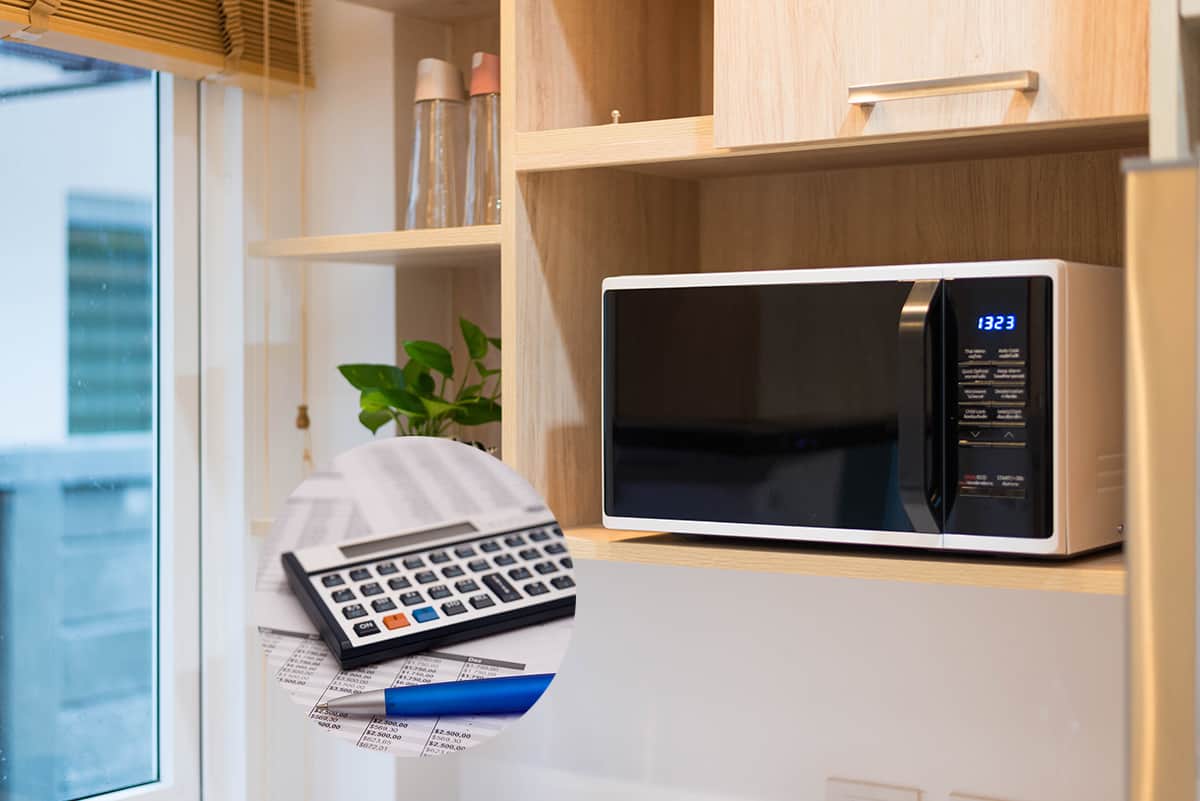
You now know that various factors can affect the power consumption of your microwave. But how can you figure out exactly how much power your specific microwave uses?
1. Identify Your Microwave’s Wattage
The first step is to find out the wattage of your microwave. This information is usually listed on a label on the back of the microwave or inside the door. If you can’t find it there, you might find it in the user manual or on the manufacturer’s website.
2. Consider Your Usage Habits
Typically, we use a microwave for reheating or cooking small amounts of food, so the usage time is usually shorter compared to other appliances. Consider tracking your microwave usage for a week to get a realistic estimate.
3. Perform the Calculation
Now, it’s time to calculate. The basic formula for energy consumption is:
Energy (kWh) = Power (kW) × Time (hours)
You already know the power (wattage) from step one, but remember to convert this from watts to kilowatts by dividing by 1,000. For time, estimate how many hours you use the microwave each day.
For example, if your microwave is 1,000 watts and you use it for 15 minutes (or 0.25 hours) a day, the energy consumption is 0.25 kWh per day. To find out the monthly or yearly consumption, simply multiply this daily figure by the number of days.
Estimating the Cost of Microwave Use
After calculating your microwave’s energy usage, you might want to find out how much it’s costing you. With a national average of 25¢ per kilowatt-hour, running a microwave daily at 0.25 kWh will cost you a mere 6.25ٴ¢ daily or roughly $1.875 per month.
